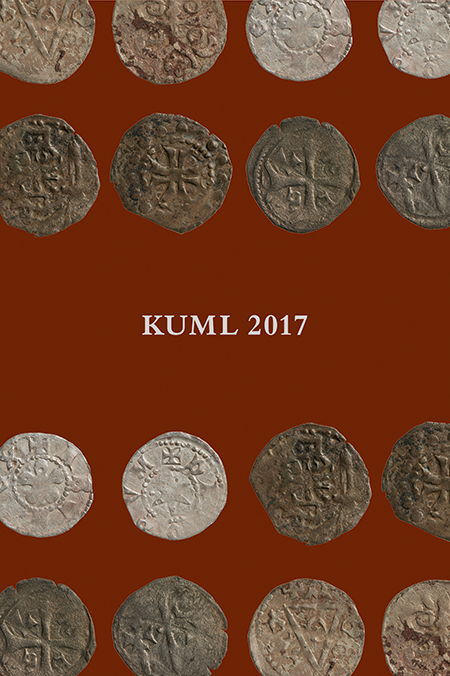“Ved dem ligger Oldtiden ligesom aabenbaret for vore Øine” – Danske arkæologers tolkninger af stendysser i 1800-tallet
DOI:
https://doi.org/10.7146/kuml.v66i66.98353Nøgleord:
stendysser, 1800-talletResumé
“Through them antiquity is manifest before us”
Changing interpretations of dolmens by Danish archaeologists in the 19th century
Throughout the centuries, people have tried to explain the function and origin of dolmens. These interpretations reflect the society, science and culture that influenced archaeologists in their work. This article shows how the interpretation of dolmens by three archaeologists during the 19th century was shaped by changing scientific theories, contemporary events, culture and the dolmens themselves.
At the beginning of the 19th century, artefacts and monuments such as dolmens were only seen as appendices to the written sources. This meant that the system created by Børge Thorlacius was shaped by an interpretation of dolmens as alters, tombs of kings and thingsteads (figs. 1 and 2). Thorlacius found confirmation for these interpretations in the size of a dolmen he visited. The fact that the size could confirm an interpretation was due to the contemporary fascination with Danish antiquity, where there was a belief in the existence of a true Danish spirit and that Nordic heroes were strong and brave (fig. 3).
This approach to interpretation was challenged by J.J.A. Worsaae in 1843, when he rejected the written sources and turned to the artefacts and monuments to find information on Danish antiquity. He used the history of Danish antiquity to plant a national identity in the Danish people, and dolmens legitimised Danish territory by proving its long history, but they could not be linked to the ancestors of the Danes (figs. 5-6). The disconnection of the dolmens from the mythical past previously associated with them meant that the dolmens were now merely tombs and sources of information about ordinary people in the Stone Age (figs. 4 and 7). All artefacts now became important to archaeologists, providing an insight to the past, as they shifted from deduction to induction.
Sophus Müller considered every artefact and monument important as only large numbers of them could lay the foundations for archaeological research. He developed an archaeological method whereby the formulation of a hypothesis relied on observation and comparative investigations. Influenced by positivism, evolutionism and the theory of diffusion, he reached the conclusion that dolmens in Denmark were part of an international movement of ideas originating in the East, in this case the concept of a life after death (fig. 8). He used this perception to state that dolmens were, in themselves, monuments in honour of the dead. Moreover, he used the very construction of the chamber to link dolmens with the idea that the afterlife was ensured by preservation of the body.
Despite developments in science, culture and society, dolmens remained a part of the national identity project throughout the 19th century. Archaeology was born out of the romanticism and nationalism of the late 18th and early 19th century, and even though interpretations of dolmens, their function, their builders and their significance changed, they continued to be used in creating a Danish national identity (fig. 9). This article demonstrates the development of archaeology as a science, the changes in the use of artefacts as sources and the way in which the artefacts themselves played a part in the interpretations.
Minna Kanzler Hemmet
Aarhus
Downloads
Publiceret
Citation/Eksport
Nummer
Sektion
Licens
Fra og med årgang 2022 er artikler udgivet i Kuml med en licens fra Creative Commons (CC BY-NC-SA 4.0).
Alle tidligere årgange af tidsskriftet er ikke udgivet med en licens fra Creative Commons.


